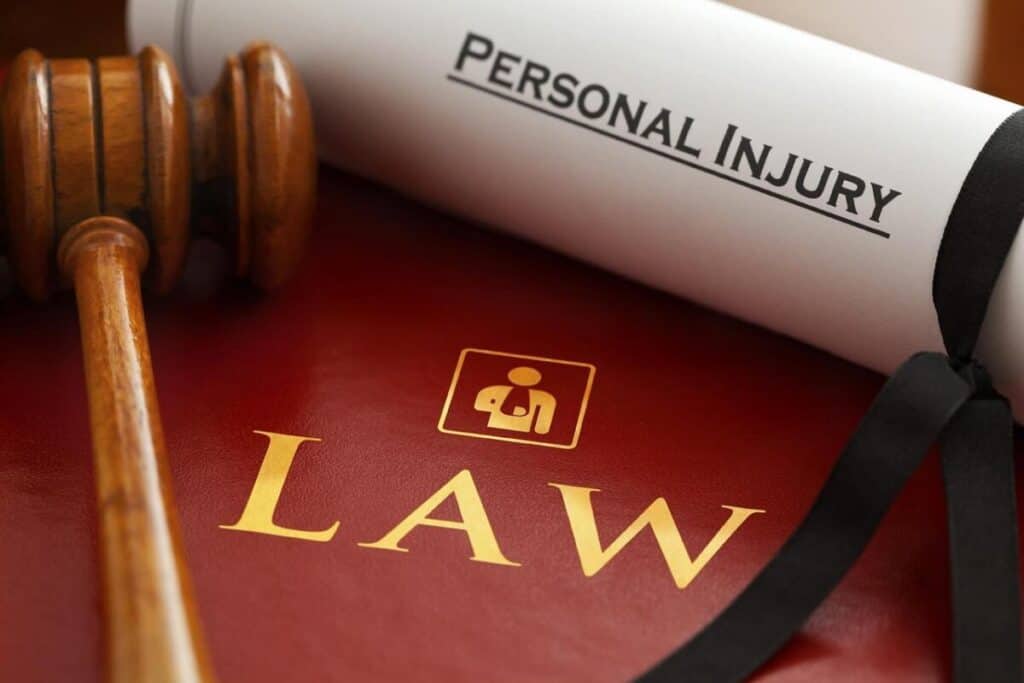
A personal injury claim is basically a legal way to ask for money (called compensation) from the person or organization that caused your injury. It can be from a car accident, a workplace injury, slipping on a wet floor, or even medical malpractice.
What you’re asking for is to be fairly paid for your pain, medical bills, lost wages, and anything else the injury has messed up in your life. To make that happen, you’ll need to file a personal injury claim and file it the right way.
Filing a PI case is one thing; actually winning it is a whole other endeavor. If you would like to maximize your chances of winning, ensure you adhere to the following:
Step 1: Get Medical Attention
Before you even think about legal stuff, go see a doctor. A medical professional will check for internal injuries, concussion symptoms, soft tissue damage, and anything else that you might not notice on your own.
That first medical visit creates official records. These documents prove that your injury actually happened and that it was connected to the accident. If you skip this step or wait too long, the other side’s insurance company could argue that you weren’t really hurt or that something else caused the injury. That could damage your chances of winning your claim.
Step 2: Get a Personal Injury Lawyer
Insurance companies don’t want to pay you what you deserve. They have their own lawyers and adjusters working hard to give you the smallest amount possible. That’s why hiring a personal injury attorney who knows exactly how these cases work makes all the difference.
A good lawyer will know how to deal with the insurance company, negotiate on your behalf, and build the strongest case possible with all your evidence.
They’ll also keep track of deadlines, paperwork, and legal steps you may not even know exist. You focus on healing; let them focus on winning.
Step 3: Be Completely Honest with Your Lawyer
If you want your lawyer to protect you, you need to give them the full picture. That means being upfront about everything: how the injury happened, your medical history, previous injuries, how you’re feeling now, and anything else related to the accident.
If you hide anything at all, it can come back to bite you. Insurance companies look for ways to dig into your background, and if they find something your lawyer didn’t know about, it could hurt your credibility.
Be transparent from the start. There’s no need to lie. If there’s one person who will stand by you even if you’re the bad guy in the situation, it’s your lawyer.
Step 4: Be Ready for the Long Game
Waiting for your case to settle can be frustrating. But these things take time. On average, personal injury cases can take several months to more than a year. If your case is more complex, it might stretch even longer.
Don’t let impatience push you into accepting a low offer. Quick settlements usually mean smaller payouts. A good lawyer will know when to push back and when to hold out for a better deal. Let them guide you; they know what your case is worth.
Step 5: Know When Settling Might Be the Smartest Move
While it might sound more dramatic to go to court, most personal injury claims are settled outside the courtroom. In fact, around 95% of these cases never see a judge. Settlements save time, stress, and money, and they’re often more predictable.
If your lawyer recommends a settlement, it’s not a sign of weakness. It’s a strategic move to get you the money you deserve faster and without the uncertainty of a trial.
Of course, if the offer isn’t fair, your lawyer should be ready to fight it in court. The point is: the best outcome is the one that gives you closure and compensation, whatever form that takes.